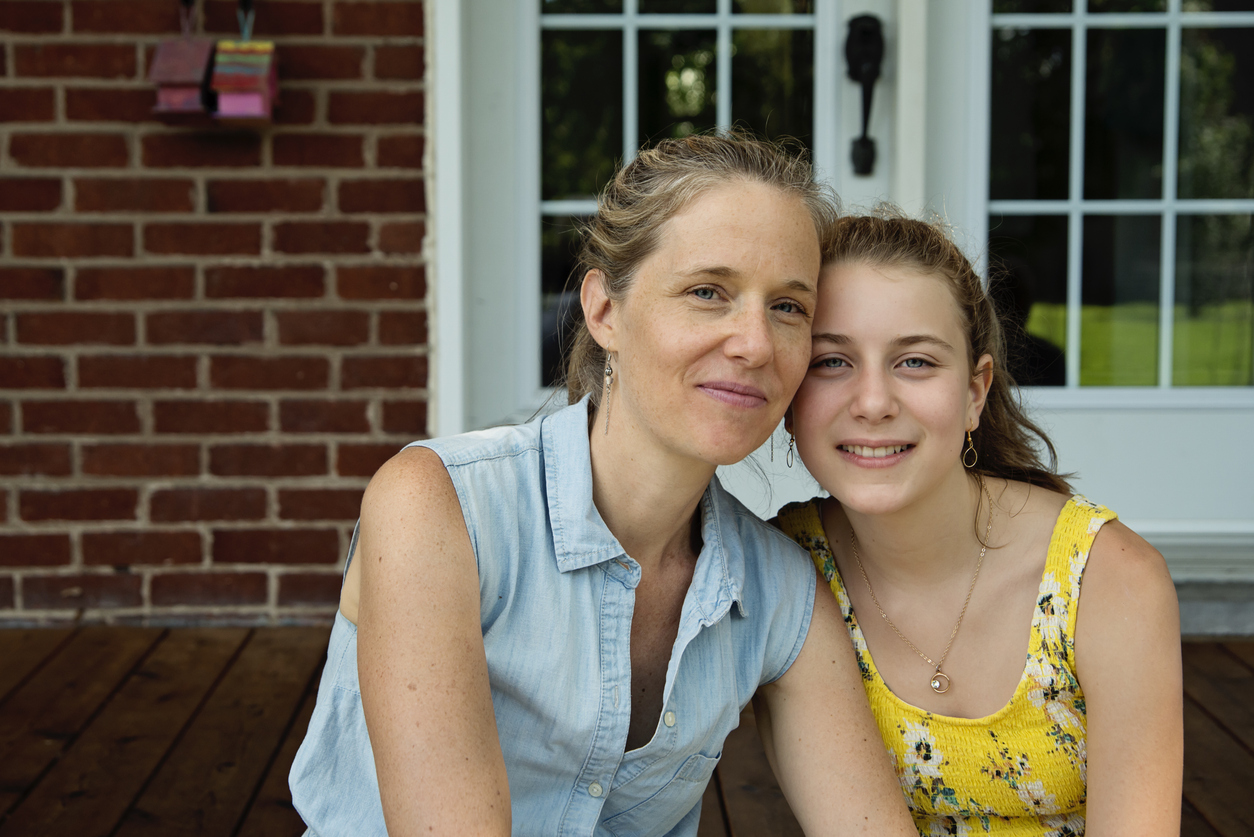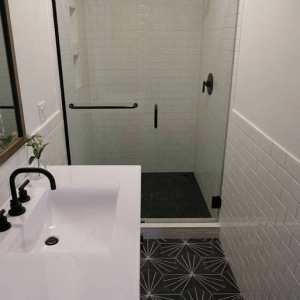Frequently Asked Questions of Dual Diagnosis Treatment Centers
This section addresses common questions about dual diagnosis treatment, helping families make informed decisions about seeking help.
1. What exactly is dual diagnosis?
Dual diagnosis refers to an individual having both a mental health disorder and a substance use disorder simultaneously.
This condition requires a nuanced treatment approach because the interplay between mental health and substance abuse can complicate the recovery process.
Treatment focuses on addressing both issues concurrently, using a combination of therapy, medication management, and lifestyle adjustments to promote healing and sustainable recovery.
2. How common is dual diagnosis in adolescents?
Dual diagnosis is increasingly recognized in adolescents, as many mental health issues begin to emerge during these formative years, often coinciding with the first instances of substance use.
While the exact prevalence varies, studies suggest a significant number of teens struggling with mental health disorders also experience substance abuse problems.
This overlap underscores the necessity for targeted treatment approaches that address the distinct challenges encountered by this age group.
3. Why is specialized treatment necessary for dual diagnosis?
Specialized treatment is essential for dual diagnosis because treating either a mental health disorder or a substance use disorder in isolation may not be effective.
Each condition can exacerbate the symptoms of the other, leading to a cycle that hinders recovery.
Specialized programs are designed to break this cycle by providing integrated care that addresses both conditions simultaneously, offering a more effective path to recovery.
4. What types of therapies are used in dual diagnosis treatment?
Dual diagnosis treatment typically involves a combination of evidence-based therapies tailored to the individual’s needs. These may include Cognitive Behavioral Therapy (CBT) to modify negative thought patterns and behaviors, Dialectical Behavior Therapy (DBT) for emotional regulation, family therapy to improve communication and relationships, and motivational interviewing to encourage change.
Holistic therapies, such as art or music therapy, may also be incorporated to support overall well-being.
5. Can family members be involved in the treatment process?
Yes, family involvement is often encouraged in dual diagnosis treatment programs.
Family therapy sessions can help improve communication, resolve conflicts, and educate family members about dual diagnosis and how to support their loved one’s recovery.
Additionally, involving the family can strengthen the support system around the adolescent, which is crucial for long-term recovery.
6. What is the expected outcome of dual diagnosis treatment?
The expected outcome of dual diagnosis treatment is a significant improvement in the adolescent’s ability to manage both their mental health and substance use issues.
While recovery is a personal and ongoing process, successful treatment can lead to reduced symptoms, decreased reliance on substances, improved relationships, and better overall functioning. The ultimate goal is to equip adolescents with the tools and strategies they need to lead a healthy, balanced life.




































